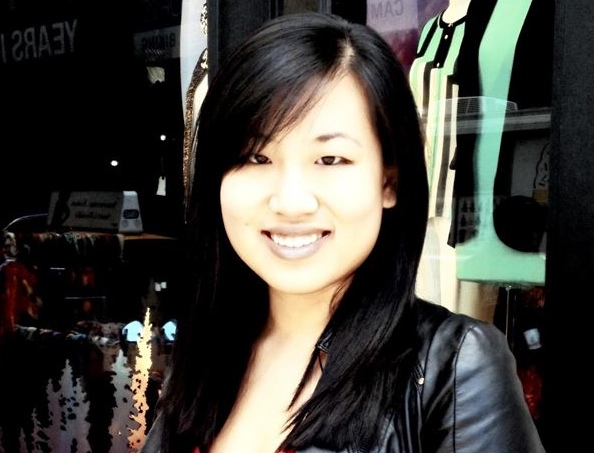Sunless Tanning Appeals to 1 in 9 Teens
About one in nine teens uses sunless tanning products, according to a new study, but the products are being used in addition to tanning beds and lying out in the sun.
The coupling of these safe and risky sun behaviors means that there is likely a shared driving force the desire to have tanned, golden skin that can be tapped and used in skin cancer prevention efforts, said study researcher Vilma E. Cokkinides, of the American Cancer Society.
Skin cancer is the most common form of cancer in the United States, and is also the most preventable, according to the American Academy of Dermatology. Avoiding tanning beds, limiting sun exposure and applying sunscreen can lower one's risk.
In the study, more than 1,500 U.S. adolescents between the ages of 11 and 18 were surveyed by phone about their tanning behaviors. Nearly 11 percent of boys and girls said they used sunless tanning products. Among 16- to 18-year-olds, 13.7 percent of boys and girls and 19.2 percent of girls said they used the products, according to the study.
However, the same group of teens also reported using indoor tanning beds and getting a lot of sunburns, Cokkinides said.
The findings "help us address how we tackle behavior changes and safer alternatives that, in the long run, will reduce overexposure to UV , sunbathing and indoor tanning," Cokkinides told MyHealthNewsDaily.
In another new study, researchers found that outreach does seem to work.
Sign up for the Live Science daily newsletter now
Get the world’s most fascinating discoveries delivered straight to your inbox.
Women who learned about the dangers of tanning and the benefits of sunless tanning products, including instructions on how to apply the products, were more likely to stop sunbathing than women who didn't receive the information, the study found.
In the study, 250 women at a beach were recruited in the summer of 2006 to participate. Half of them were given information about sunless tanning and free product samples, and the other half were given general cosmetics samples and no information about tanning alternatives.
The next summer, researchers contacted both groups of women again and found those who had been given the sunless tanning information said they didn't sunbathe as often anymore, whereas the other group didn't report a difference in sunbathing habits, the researchers said.
"We were curious if we inspired people, and we found that we did," said study researcher Sherry Pagoto, assistant professor at University of Massachusetts Medical School.
The findings are encouraging for health care professionals, she said, because it means there's promise behind public information campaigns for safe, sunless-tanning habits.
"Sunless tanning is considered makeup, but they [people] don't think of it as skin care or health care," Pagoto said.
Forty percent of women surveyed at a beach said they had an addiction to tanning, Pagoto said, highlighting the need for early intervention with teens and college-age girls.
Next, she hopes to research the concept of tanning for relaxation and find alternatives for women who expose themselves to the sun for stress-reduction purposes.
Both studies were published in the September issue of the journal Archives of Dermatology.










